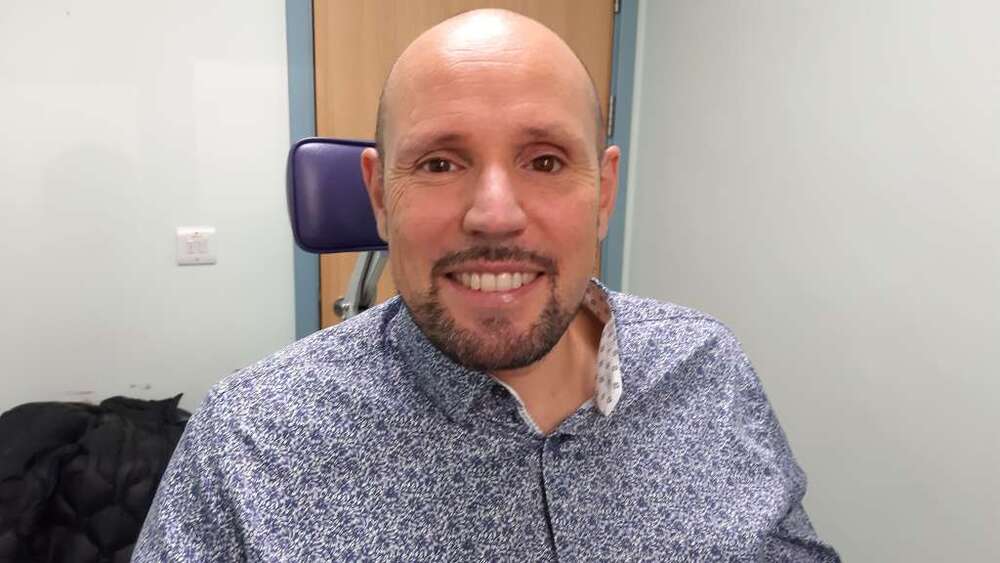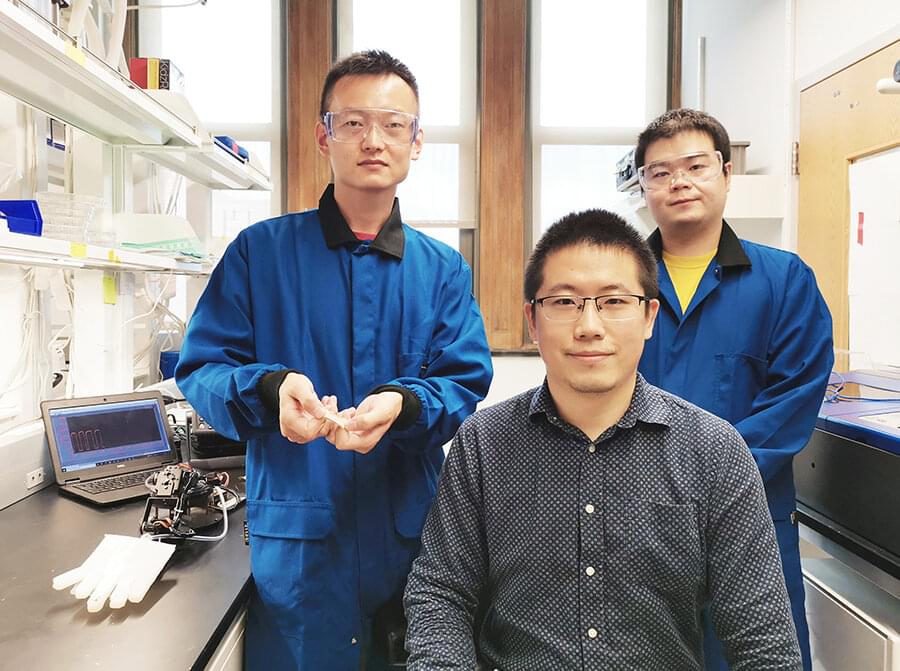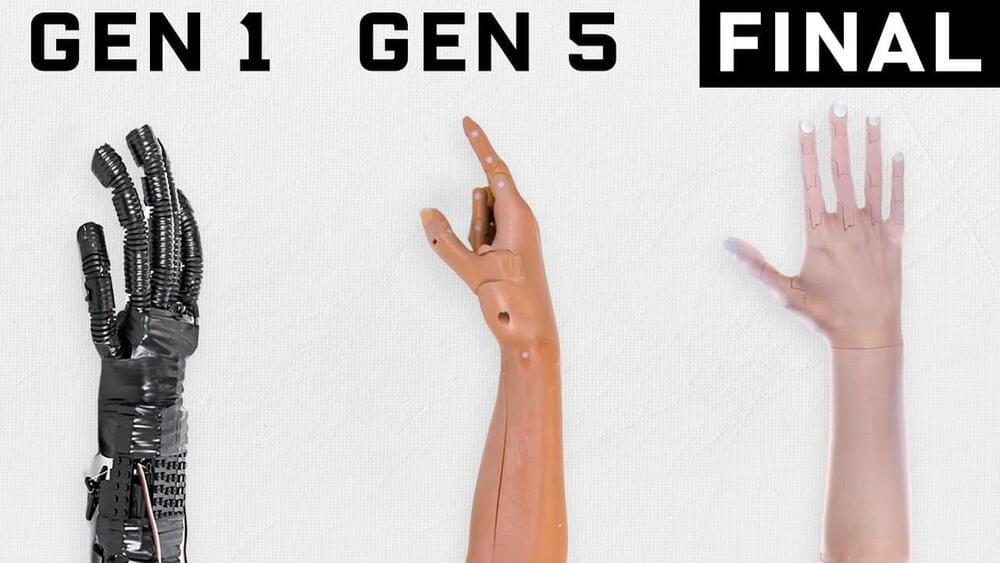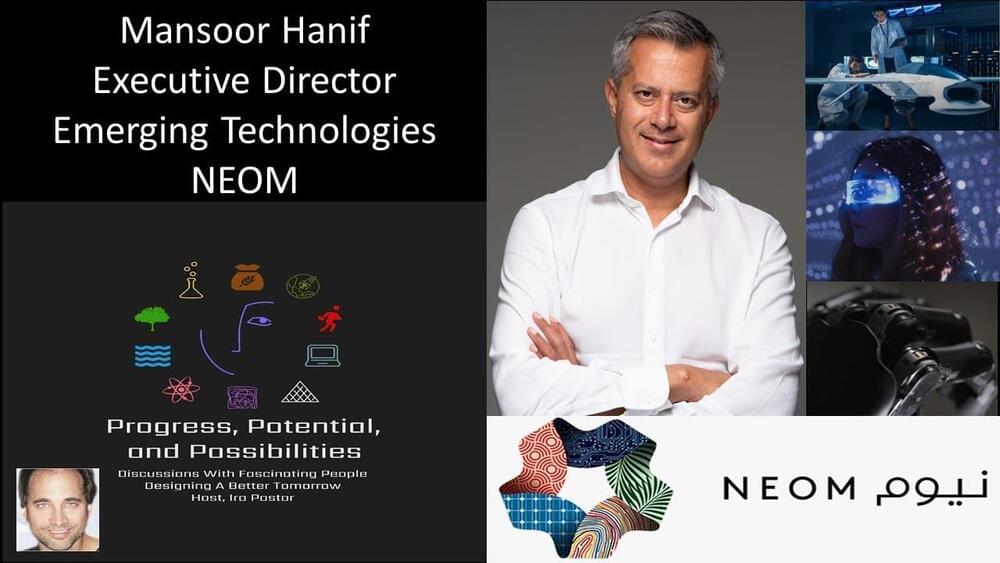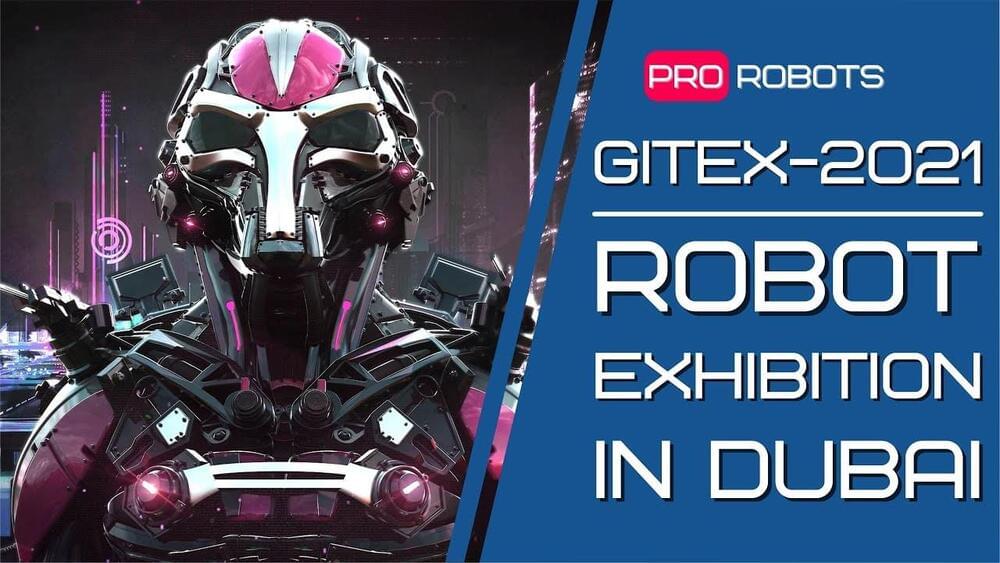This talks about an almost fully cyborg person and overcoming his illness.
The incredible book behind the primetime Channel 4 documentary, Peter: The Human Cyborg
‘A remarkable account of what it means to be human and what technology can really achieve’ Sunday Telegraph ’Peter’s story is one of the most extraordinary you will ever hear. I urge people to read it’ Stephen Fry.

